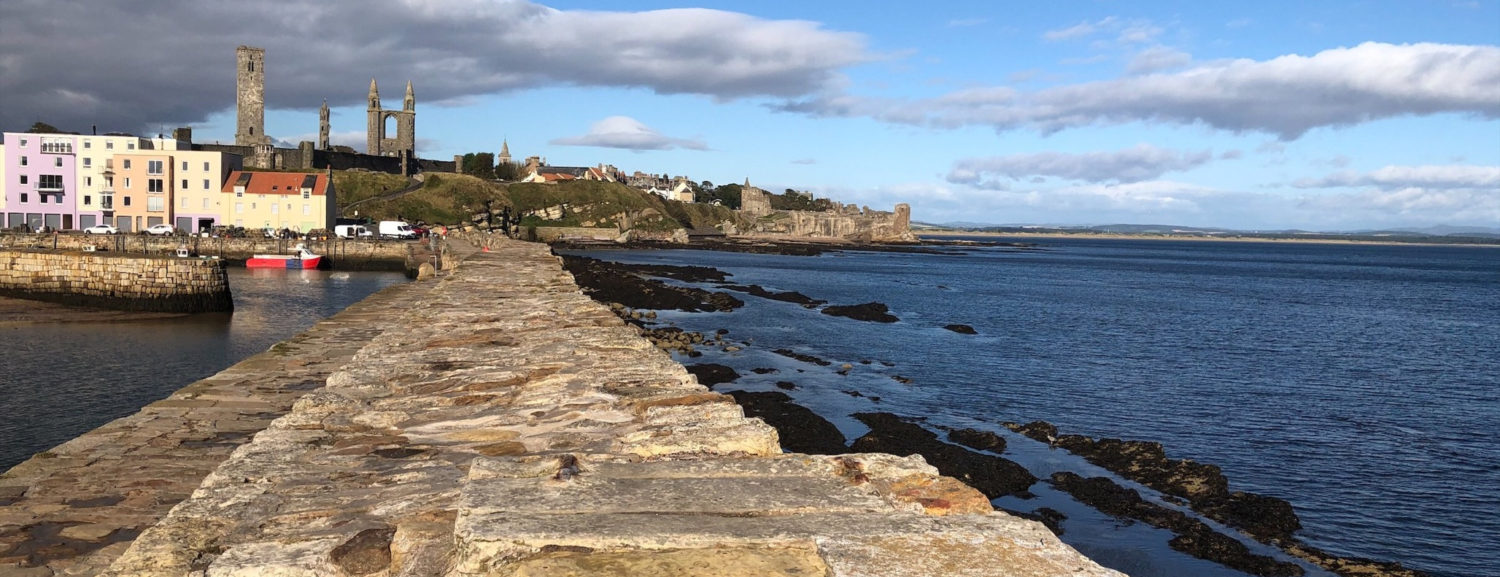Both the design and the construction of the lighthouse faced challenges due to the nature of Bell Rock. The part of the rock on which the lighthouse is built is on average 12 feet below sea level at high water during spring tides, and roughly 4 feet above the water level during low tides, meaning it was only possible to work on the rock for an average of about 2 hours every low tide. The design of Bell Rock lighthouse was based on the Eddystone Lighthouse of 1759, built by John Smeaton, which was also a lighthouse built on an offshore reef using interlocking stones but was modernised with new features and had the additional challenge that the lower section of the lighthouse would be covered by high tides. Stevenson suggested that a paraboloid shape could be used for the lighthouse, whereas Rennie preferred a shallower logarithmic curve, which was eventually built. The theory was that the shallower curve would better deflect the force of the sea, due to the lighthouse being in such an exposed situation.
Bell Rock Lighthouse: http://www.bellrock.org.uk/
https://www.nlb.org.uk/lighthouses/bell-rock/
Inchcape Rock poem: http://www.bellrock.org.uk/misc/misc_poem.htm
Account of the Bell Rock Lighthouse, John Stevenson: https://www.nlb.org.uk/lighthouses/bell-rock/
